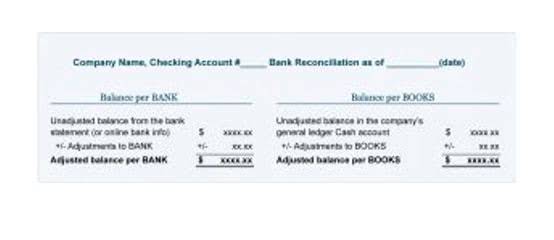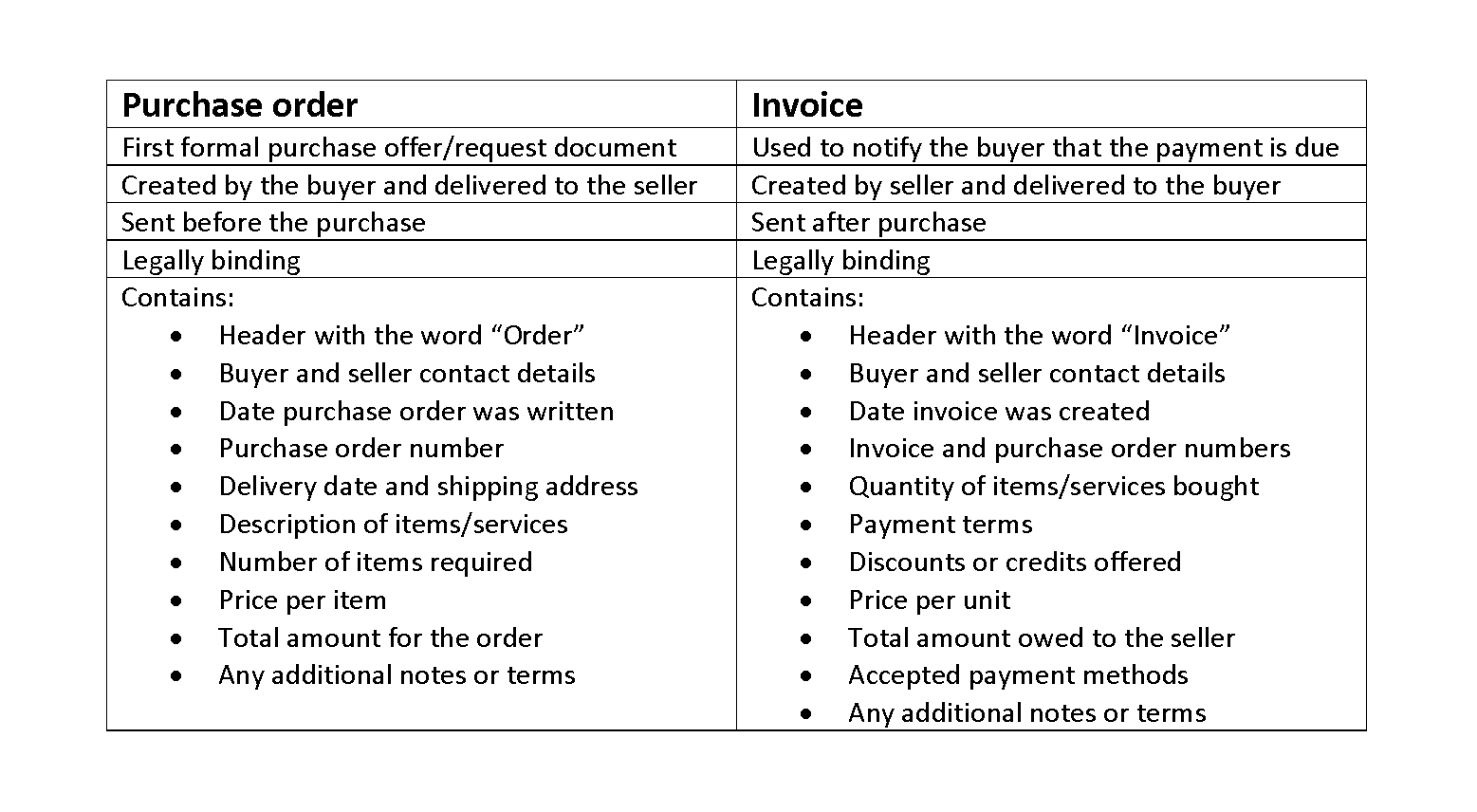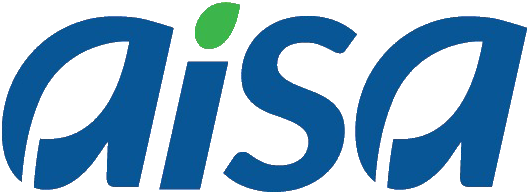These standards provide a framework for consistent and transparent financial reporting, which is crucial for investor confidence and regulatory compliance. Another important aspect is the treatment of variable consideration, which is common in oil and gas contracts. Variable consideration can include price adjustments based on market conditions, volume discounts, or performance bonuses.
Field Data Gathering
- Seamless upgrades are delivered to the platform at no additional cost with zero downtime—giving you the latest version, always.
- The FASB and IASB are nearing the end of their journey toward enhancing lease accounting.
- We eliminate the need for time-consuming data manipulation, exporting, and reformatting from multiple systems to achieve desired analyses.
- XBRL, which is free and managed by an international not-for-profit consortium, provides an open standard for defining terms, exchanging data between information systems and creating shared, searchable data repositories.
- You can roll up most niche accounting functions into one of those six primary functions because all industries have capital expenditures, operating costs, G&A, revenue, and production.
Streamline close cycles while improving data accuracy by digitizing JIB and dividing partner expenses for joint ventures as per agreement terms. Seamlessly handles cost estimates, AFE approvals, and project budget monitoring across all devices. Oil and gas companies and their management teams are frequent targets of cyberattacks, with opportunities for cybercriminals to infiltrate your system and cause costly breaches increasing.

Financial Reporting and Transparency
Many leading companies have already taken on the challenge of setting scope 3 targets. Smithfield has committed to reduce overall emissions in its United States supply chain 25 percent by 2025. And Danone, as part of its journey to be carbon neutral by 2050, has set a goal to reduce its scope 1, 2 and 3 emission intensity by 50 percent by 2030.
About Nature Portfolio

GAAP, which encompasses a broad set of principles, standards, and guidelines. An international non-profit organization providing a disclosure platform to cities and companies looking to report and manage their environmental impacts. CDP’s corporate climate disclosure platform collects emissions data on all three scopes. Companies new to carbon accounting may start by setting targets for scopes 1 and 2. That’s because emissions falling under these scopes, closer to the company, are easier to measure and influence.
- Each partner’s share of revenue must be accurately calculated and reported, taking into account the specific terms of the joint venture agreement.
- Scope 3 emissions are often much greater than the company’s scope 1 and 2 emissions, making up over 70 percent of companies’ total emissions in most sectors.
- Instant and reliable accounting is available through a cloud-based integration.
- As an intricate discipline, oil and gas accounting plays a pivotal role in valuing assets, managing risks, and supporting sustainable practices in the exploration, extraction, and production of oil and gas resources.
Recent advances in remote sensing and digital technologies put this vision within reach. Impairment of oil and gas assets is a critical accounting consideration, particularly given the volatile nature of commodity prices and the substantial capital investments involved. Impairment occurs when the carrying amount of an asset exceeds its recoverable amount, necessitating a write-down to reflect the diminished value. This process oil and gas accounting is governed by accounting standards such as IAS 36, which outlines the procedures for identifying and measuring impairment. Reserve estimation and valuation are fundamental to the oil and gas industry, serving as the bedrock for investment decisions, financial reporting, and strategic planning. The process begins with geological and engineering assessments to determine the quantity of recoverable hydrocarbons in a reservoir.
Streamline Your Daily Upstream Accounting Activities
This is typically calculated using the unit-of-production method, which allocates costs based on the proportion of reserves extracted during a period relative to the total estimated reserves. One of the primary considerations in joint venture accounting is the method of accounting to be used. The two most prevalent methods are the equity method and the proportionate consolidation method.

Types of Costs in Oil and Gas Operations
For accounting in the oil and gas industry, best practices are ever-evolving due to technological advancements, macroeconomic conditions, and the continual need to reduce general and administrative (G&A) costs. Under a PSC, the state grants an oil company the right to explore and produce hydrocarbons in a specific area, with the understanding that the company will recover its costs and share the remaining production with the state. Accurate accounting helps in valuing these reserves, determining depletion, and providing insights into the company’s overall asset base, influencing strategic decisions and financial planning. Oil and gas companies need to adhere to specific regulatory and tax reporting requirements, and their financial reporting has to comply with industry standards and guidelines. These requirements vary widely from state to state, and it’s important to have a system that can support these requirements and make compliance a breeze. In April 2020, the CAQ issued a publication with key considerations for upcoming filings.
Taxation in Oil and Gas Sector
This section dives into the changes in the key accounting issues due to the new revenue recognition standard. When there are conflicts between different accounting principles or methods, a hierarchy exists to guide the selection of the most appropriate principle. Financial statements should include all necessary information to ensure that users can make informed decisions.
Companies rising to the challenge
- GAAP and a public company auditor’s requirement under PCAOB auditing standards related to going concern.
- The Corporate Accounting and Reporting Standard provides the framework for companies preparing GHG emissions inventories.
- Scope 3 emissions are usually the hardest to influence because companies have limited control over activities happening up- and downstream of their own operations.
- Now we focus on managing operations to make us more money, not manual reporting.
- The SEC has taken numerous actions to address registrant, investor, and market COVID-19 concerns, which are accumulated and discussed at the SEC COVID-19 Response site.
- Luckily, the industry is doing a great job of utilizing technology to eliminate tedious, non-value-added tasks.
Satellites can now provide measurements of atmospheric greenhouse-gas concentrations almost in real time. Remote sensing and advanced analytics help to track terrestrial emissions more accurately, with increasing global coverage12. To design effective carbon taxes, border tariffs and other zero-carbon policies or investments, the numbers need to be reconcilable across all levels, from product supply chains all the way up to planetary scale.

